GloveCompany@Petroject
iDrive Throttle Controllers

The EVC Throttle Controller is a throttle enhancement device that connects in minutes, yet gives endless enjoyment.
Our EVC Throttle Controllers are a plug and play throttle controller that gives you complete control over the responsiveness of your vehicle. It does this by providing new points of reference for your throttle mapping, introducing either a sharper or duller throttle curve depending on what mode/setting has been selected.

Feel the power and unleash the full potential of your vehicle with an iDrive Throttle Controller. This plug-and-play modification will allow you to custom-tune your vehicle’s throttle response to suit any driving style, terrain or situation, whether you’re on the highway, teaching a new driver, driving through extreme weather or off the beaten track.
The EVC and evcX Throttle Controllers by iDrive NZ are a safe mod that works by providing new points of reference for your vehicle’s throttle mapping, modifying the torque request sent to the throttle tables in your vehicle’s Engine Control Unit (ECU). As a result, your throttle response can be adjusted for an enhanced or subdued feel, ultimately relieving throttle lag and allowing for complete adaptability in any situation.
Improve your vehicle’s pedal response and unleash the power that already lurks within your standard engine of your vehicle with a safe and effective modification that can be fitted without any tools required!
Other methods of modifying your vehicle performance can be expensive, throttle controllers provide a cost-effective solution to improving the drivability of your vehicle quickly and without risk. Already modified? A throttle controller can provide the adjustability of response hard to come by in a tune, so why not discover how?
Find out why iDrive NZ Throttle Controller are the perfect performance modification for any automotive enthusiast for yourself. We’re so confident that you’ll love this mod, each unit comes with a 30-day money-back guarantee. Installed in as little as 10 minutes, get ready to transform your vehicle at the push of a button.

FAQ’s
Q: How easy are Throttle Controllers to install?
A: Our Throttle Controller range is very easy to install!
They are developed as a plug & play product, requiring no tools or modifications and takes no longer than 15 minutes to install.
With plugs designed to suit OEM specifications, it’s as simple as unplugging the throttle pedal’s plug, securing the controller into the pedal, and then clipping the factory plug back into the top of the controller.
Once the controller is fitted, all that’s left is to find a location on your dash to place the driver interface!
*We suggest positioning the screen so that the brightness of the LED display does not distract the driver.*
Q: Are Throttle Controllers safe to use?
A: Yes! Our Throttle Controllers are 100% safe to use.
As part of development, we test the controllers to ensure they do not override or impede any vehicle safety features. Each controller is also then subject to a quality control test before packaging.
Controllers developed for newly released vehicles are also stringently tested before their release to ensure optimal performance & compatibility.
Once that’s all said and done, we further support our Throttle Controllers by backing them with a lifetime replacement warranty & 30-day money-back guarantee. So you have confidence & peace of mind in your purchase.
Q: Why can’t i just push my pedal harder?
A: Your factory pedal has set parameters or bounds. These parameters can’t be overridden by physical input, i.e. pushing your foot harder, faster or further.
It doesn’t matter how fast or far you push your pedal – the factory parameters will deliver the throttle response previously defined. The only way to alter the response is to electronically override it with new throttle parameters, achieved by fitting one of our Throttle Controllers.
With a controller in Ultimate Mode, you can introduce an enhanced throttle curve, modifying the torque request sent through to the throttle tables in the ECU. This request then actuates the throttle faster, so you can get to wide open throttle at a faster rate.
Likewise, with a controller in Eco Mode, we are introducing a subdued throttle curve, dampening your throttle response below factory parameters. Something that can not be replicated by your foot, no matter how lightly you ease on the throttle.
While our Throttle Controllers don’t add top-end horsepower, it does improve acceleration ramp up power, the amount of accessible power when you plant your foot at either a stopped or rolling takeoff.
Q: Are Throttle Controllers good for towing?
A: “The difference it makes in Towing is absolutely unbelievable.
– Shaun Whale (4WD 24/7 Presenter & Offroad Legend)
Towing benefits greatly from our Throttle Controllers, offering the ideal throttle response for just about any Towing situation.
Enhancing your throttle response helps to alleviate low down lag & drag, improving your take off. With a setting like Ultimate Mode, you’ll be able to speed more quickly & efficiently – improving the overall drivability of your vehicle whilst towing.
Likewise, subduing your throttle response in Eco Mode conveniently affords you far more control of your throttle, great for low-speed towing maneuvers where you don’t want to jerk or jar the throttle – potentially overcorrecting yourself.

Get in contact with us today
0800 EFI Parts
efi@petroject.co.nz
1045 Kaipara Coast highway, Kaukapakapa, 0873
PlusQuip Battery Test Tools
 12 Volt Battery Tester – PlusQuip EQP-113
12 Volt Battery Tester – PlusQuip EQP-113
The EQP-113 uses the latest battery testing technology for fast, accurate and consistent results, utilising a clear illuminated LED display which eliminates any results interpretation misunderstanding.
A clear indication on whether the battery requires charging and then retesting, replacement due to a poor performance result, or the battery is acceptable for further service allows for a confident report on the battery condition.
Tests a wide range of 12 Volt batteries including: AGM, VRLA, SMF, GEL, etc. Cold Cranking Amps: 100 – 1700
Battery & Electrical System Tester PlusQuip EQP-114
12V Battery and Electrical System Tester. Lightweight easy to use cost effective tester includes printer. Tests include Battery Load and Condition test, Alternator Test, Grounding Test, Starter Test
PlusQuip Test equipment videos
Find the must have test tools to solve your diagnostic needs from PlusQuip

OBDII Black Box Recorder – PlusQuip EQP-104.
This ultra-compact all-in-one data recorder is extremely useful for those difficult to diagnose intermittent vehicle electrical component faults on vehicles supporting OBDII system.
Wheel Speed Sensor and Circuit Tester – PlusQuip EQP-111
Wheel Speed Sensor and Circuit Tester. PlusQuip EQP-111 is the quickest, most comprehensive Wheel Speed Sensor diagnostic tester available. This Automotive Wheel Speed Sensor and Circuit Tester is the quickest way to verify proper wheel speed sensor operation.
◦Works on all old and new style wheel speed sensors
Electronic EGR, Throttle Body & Actuator Tester – PlusQuip EQP-115
Save time & money by testing the component first!
The PlusQuip EQP-115Tester is capable of accurately driving both DC and Pulsed Width Modulated (PWM) components on today’s complex vehicles from 0 – 100% to accurately test operation.
PlusQuip Test Probe videos
News & Tips
Keep posted for all the latest EFi news from your favourite supplier
And don’t forget that we love to hear from you, so keep us posted on any tips or news that you want to share, email Dave and we’ll get you posted on here.
EFI2100 Fuel Pressure Tester
SAOT Break out box
 BREAK-OUT BOX & PROTOCOL DETECTOR
BREAK-OUT BOX & PROTOCOL DETECTOR
Protocol detector and break-out box for the DLC (Diagnostic Link Connector) with additional features! By connecting this tool, the technician can switch, cross, and parallel interface leads simultaneously to diagnose, analyze, test and monitor the whole testing process on a vehicle. It has LEDs that light up to display protocol detected, grounds, and voltage. It serves as DLC magnifier (makes DLC 5 times larger),
DLC extender (place DLC where needed) and a “spy” (monitors the activity on each OBDII dedicated data line). It monitors voltage with a display and an alarm warning when the voltage falls below 12 Volts or goes higher than 15 volts. It can also be used as a data saver when connected to an external 12V battery while replacing the vehicle’s battery
How to Use:
1. General use:
a. Switch the ignition key to OFF position.
b. Connect the tool to the DLC on vehicle.
c. Turn ignition key back to ON position.
d. As soon as it powers up, the voltmeter will display the
battery volts and automatically checks the power, grounds,
DLC data wires and searches for voltage pulses.
2. Detecting Protocol in use:
a. Plug scan tool or interface to the tool.
b. Use the scan tool to view live data stream.
c. Check the flashing blue LEDs and match them with the protocols marked on the label of the tool.
d. Always turn ignition key to OFF position before removing the tool.
3. Act as Data Saver:
a. Connect the OBDII cable with battery clips to the tool.
b. Turn ignition key to OFF and connect the tool to the car DLC.
c. Attach the battery clip to an external battery (not the battery from the same car).
d. The tool will display the battery voltage and now it is ready for replacing the car battery.
e. After the job is done, remove the battery clips from the external battery and unplug the tool from the car.
Typical Applications:
VW – To protect the scan tool / aftermarket radios on VWs
BMW – Transmitter Programming on some models
Honda – Set the ECM in SCS mode with scan tool connected
Lexus – Help diagnose electronics systems (Sirius, GPS) on pin 6 and 14
Bosch – Troubleshoot Bosch controllers that short to ground
Features:
Constantly monitor battery voltage with volts display and warning beeps for Low (Below 12V) and High (Above 14.9V) – an important feature for ECU programming and coding operations.
OBDII Breakout points with protocol and data signal detection shown by flashing color LEDs to indicate the functionality of the ECU when in operation with a scan tool.
Data saver for ECU when connected to an external 12V battery while replacing the car battery.
Handles up to 5 Amps DC input and output.
Standard 4 mm female banana jack receptacles accept both standard and sheathed male banana plugs.
Pin 16 socket is protected by a self- healing fuse rated at 5 amps.
LED Activity:
This tool’s LEDs allow the technician to keep tabs on power and ground. It identifies the protocol used in the vehicle:
RED LEDs (Pin 16) – automatically turn-on as soon as plugged into DLC. Red LEDs dim when: low battery voltage, wiring to DLC pin 16 is faulty, grounds circuits have resistance issues.
GREEN LEDs (Pins 4 and 5) – automatically turn-on as soon as plugged into DLC. Ground LEDs (Pins 4 and 5) connected to battery voltage through pin 16. Therefore, a ground supply on pin 4 will not affect LED 5. A dim single green LED will indicate a circuit problem with the corresponding
circuit.
BLUE LEDs (Pins 2, 6, 7 and 10) should flash when serial data voltage pulses are present in the data line. Blue LEDs are assigned on pins 2, 6, 7 and 10 to indicate communication with scan tool or interface and for communication protocol identification. It will turn on, depending on vehicle model. For some vehicle models, none or multiple blue LEDs will turn on as soon as the tool is connected and the ignition is started. The brightness of the LEDs depends on the nature of the signal.
YELLOW LEDs (Pins 1, 3, 8, 9, 11, 12, and 13) should flash when the vehicle manufacturer uses either one on the pins for specific functions.
This Breakout Box can immediately identify the protocol used. Set-up the scan tool or interface to LIVE DATA. This will lead in a constant data stream between the scan tool and the vehicle, and then the flashing LEDs can be analyzed.
Pin Assignments
Pin # – SAE Designation
1 – Discretionary 2 – Bus + Line of SAE J1850 (PWM/VPW)
3 – Discretionary 4 – Chassis Ground
5 – Signal Ground 6 – CAN High of SAE J2284 (ISO 15765-4)
7 – K Line ( ISO 9141-2 and ISO 14230-4) 8 – Discretionary
9 – Discretionary 10 – Bus-Line of SAE J1850
11 – Discretionary 12 – Discretionary
13 – Discretionary 14 – CAN Low of SAE J2284 (ISO 15765-4)
15 – L Line (ISO 9141-2 and ISO 14230-4) 16 – Unswitched Vehicle Battery Positive
IMPORTANT NOTES:
1. Pins listed as “Discretionary” indicate that the vehicle manufacturers may use them for specified purposes.
Check with the manufacturer’s specifications for these connections.
2. For voltage and current limits, refer to SAE J1962 (ISO 15031-3.3).
3. This tool must not draw more than 1.5 amps through the pin number 5 (signal ground).
4. Switched off, the vehicle battery positive has a maximum current capacity; pins 4 and 5 and cannot exceed 4.0 amps.
5. For extra safety, DO NOT connect this tool to the vehicle when performing an in-vehicle reflash of the PCM with the test tool or diagnostic device.
6. When activating some ABS and diagnostics wires to recover flash code, pin 4 or pin 5 can be used.
7. To power small DC loads with maximum 5 Amps, pin 16 can be used.
8. If red (power) and green (grounds) LEDs are dim or flickering when plugged connected with a scan tool via the DLC, it could indicate a problem with the vehicle’s wiring, causing the voltage to drop.
BMC Air Filters

BMC Air Filter is one of the most renown brands in the motorcycle and automotive industries. Based in Bologna, Italy, BMC is now an international company with branches in China and India, along with over 96 distributors all over the world. BMC produces the world’s best quality air filters for racing, street use and composite parts.
BMC, THE CHOICE OF CHAMPIONS
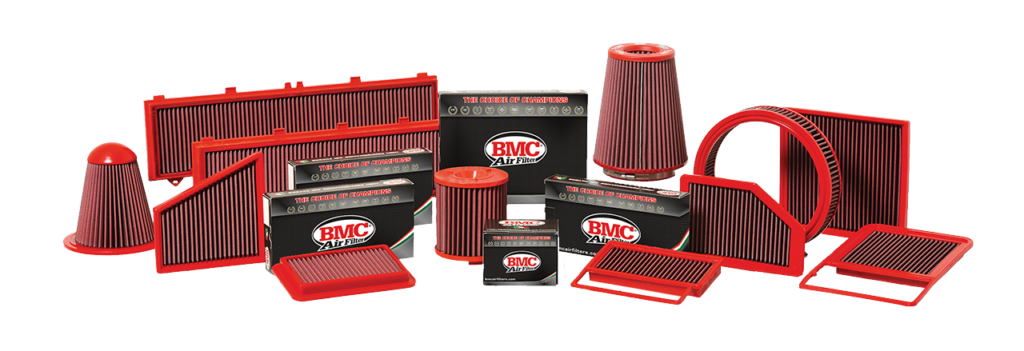
HIGHEST QUALITY
The BMC air filter is composed of a metallic mesh containing an oiled multilayer cotton filtration material. This guarantees a high level of filtering efficiency and a limited loss of air pressure. The oil used gives the material its “sticky” adhesive characteristic which aids in the retention of air impurities without compromising or blocking air flow penetration. This also creates a continuous filtering process. The cotton filtrating element is contained within an external support frame which interfaces with the air-box and allows it to be securely installed. Every stage of the production process, from design to manufacturing, is carried out in Italy by Italian engineers and uses the finest quality materials.
ECOLOGICAL AND ECONOMICAL
BMC air filters are made of cotton, a natural material which can be reused several times. The air filter can be washed with a special detergent then re-oiled, thereby saving the cost of changing the air filter each time the vehicle is serviced and thus reducing environmental waste.
RIGORUS TESTING
BMC operates in a number of areas: automotive, racing, aerospace, nautical and industrial, and according to the specific regulations and requirements of each sector. Consequently, BMC air filter testing is rigorous and thorough thereby ensuring a higher quality in respect to paper, foam and plastic materials. The technical solutions used by BMC are derived from the results of a continuous and intense programme of laboratory testing. BMC carries out filtration tests in accordance with the international standards for filtering (ISO 5011). BMC Air Filters have a 98.5% filtering efficiency in respect to this standard.
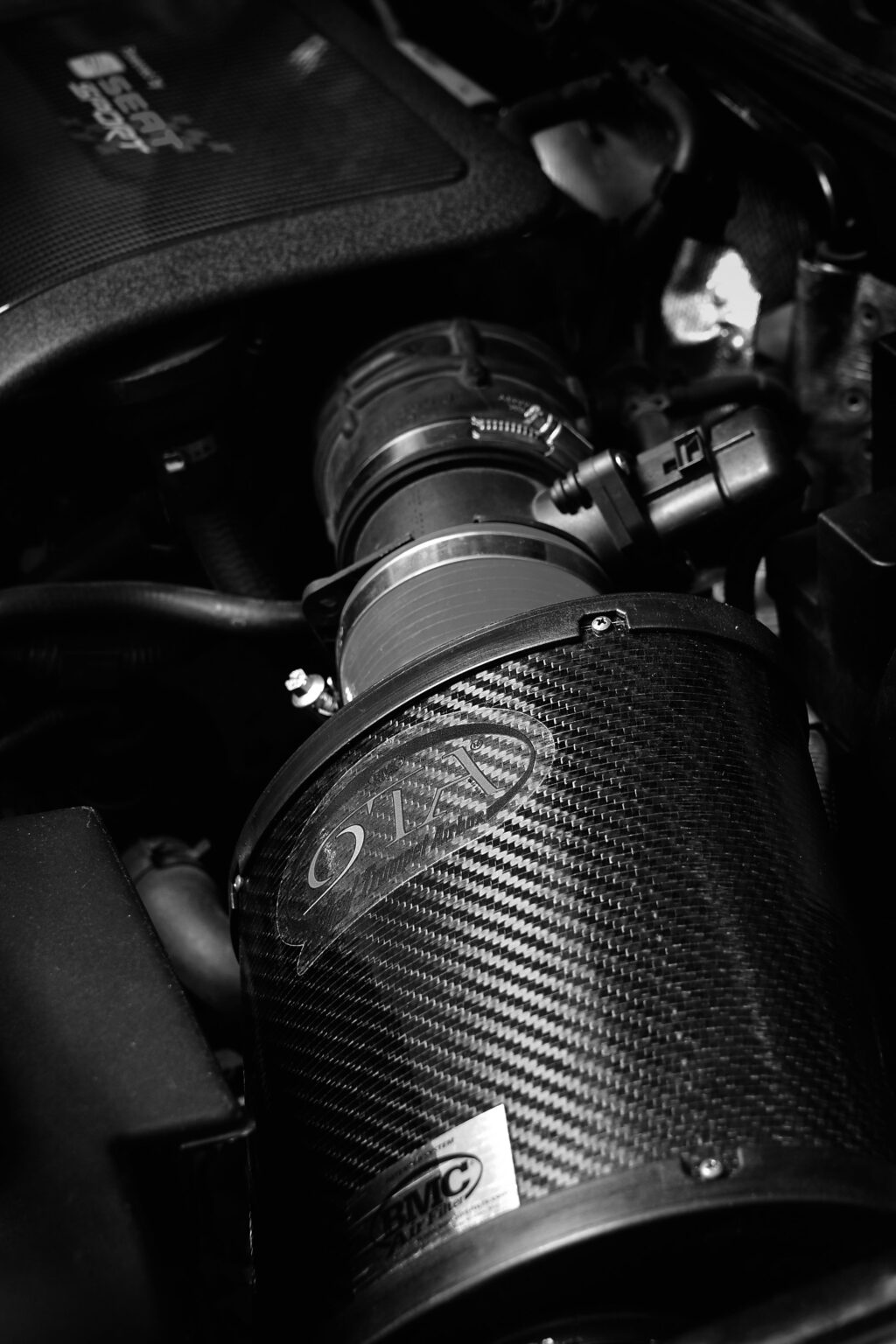

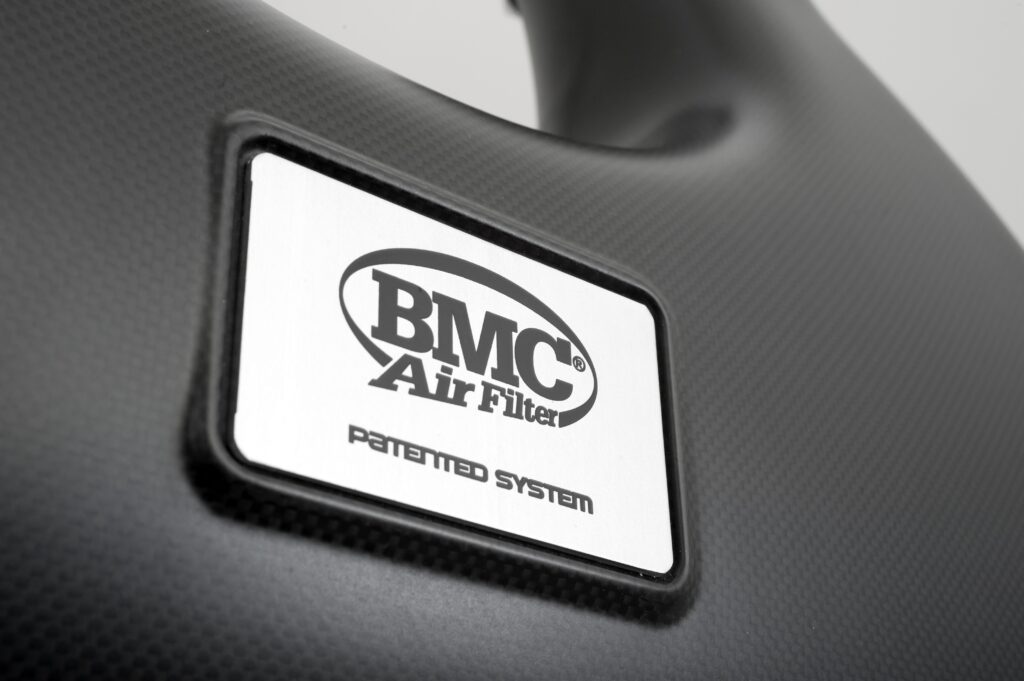
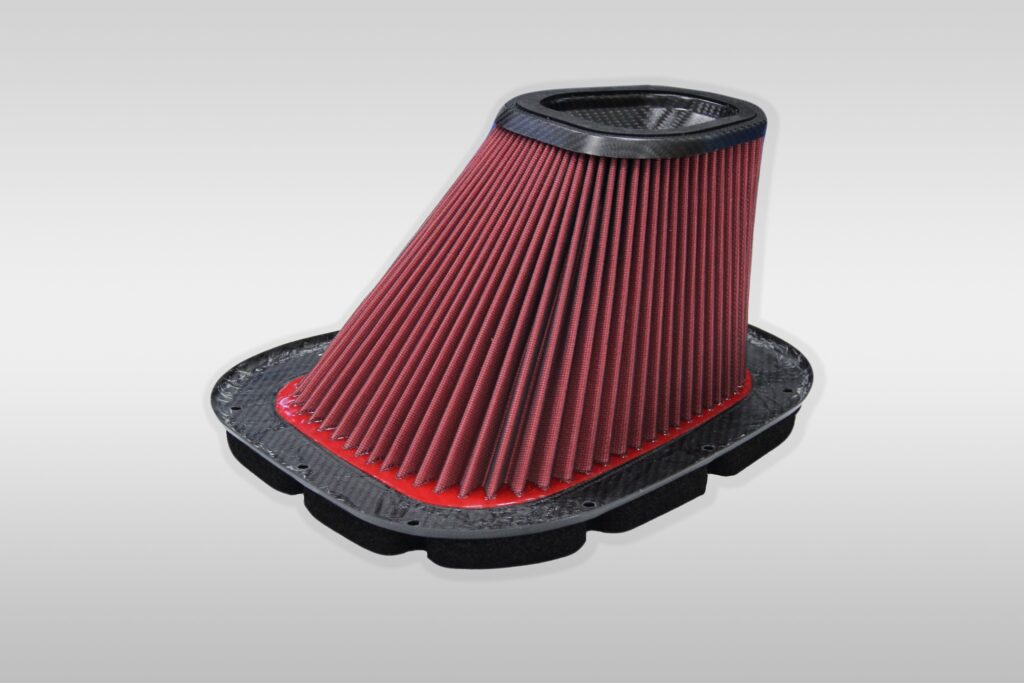

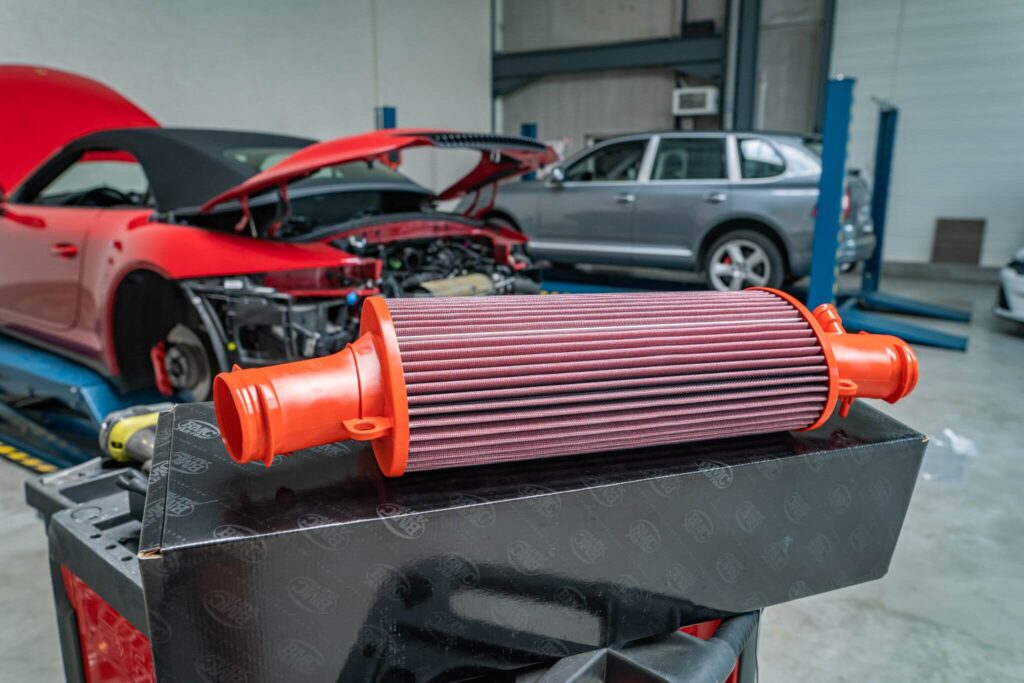



Get in contact with us today
0800 EFI Parts
efi@petroject.co.nz
1045 Kaipara Coast highway, Kaukapakapa, 0873




